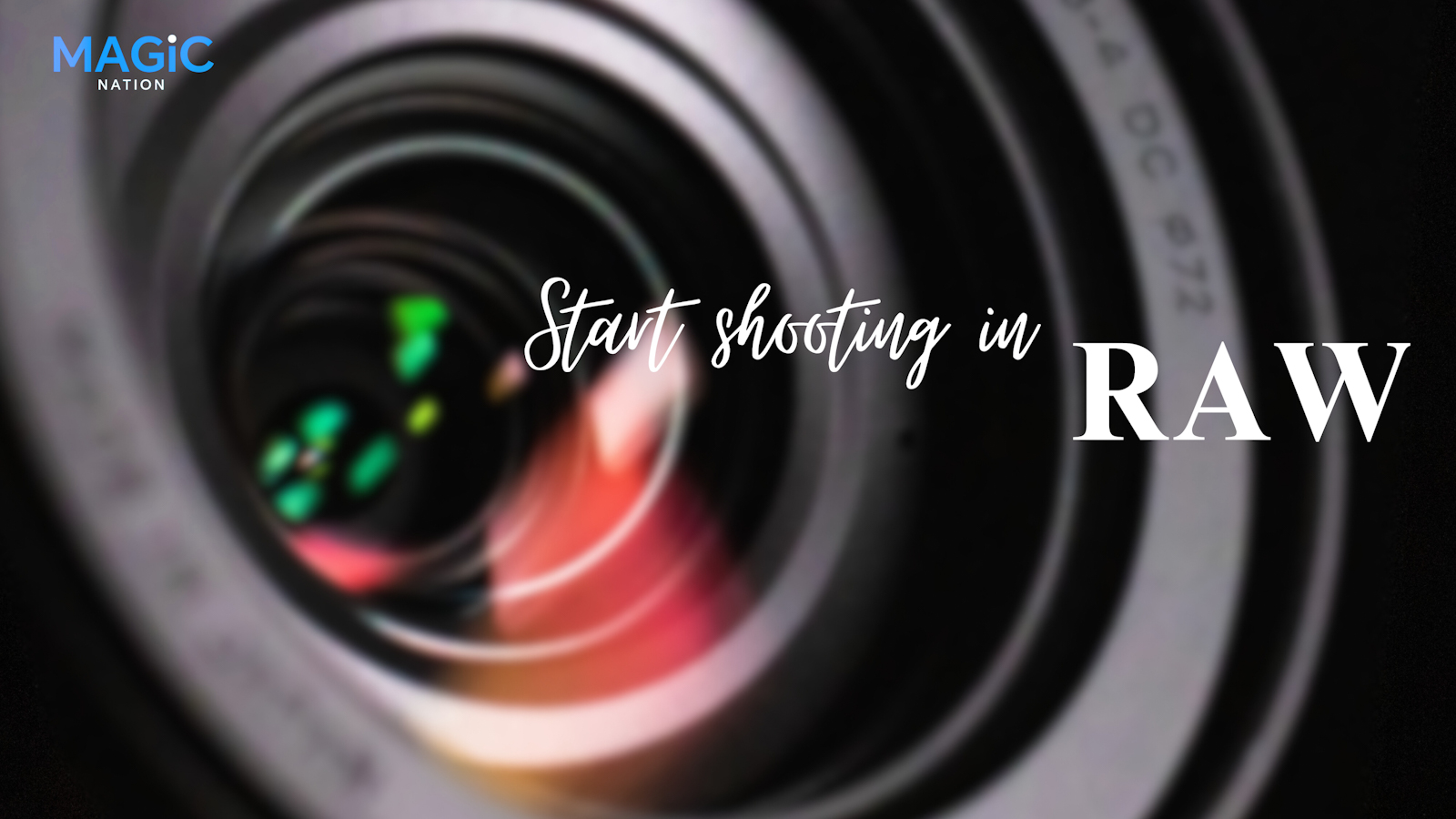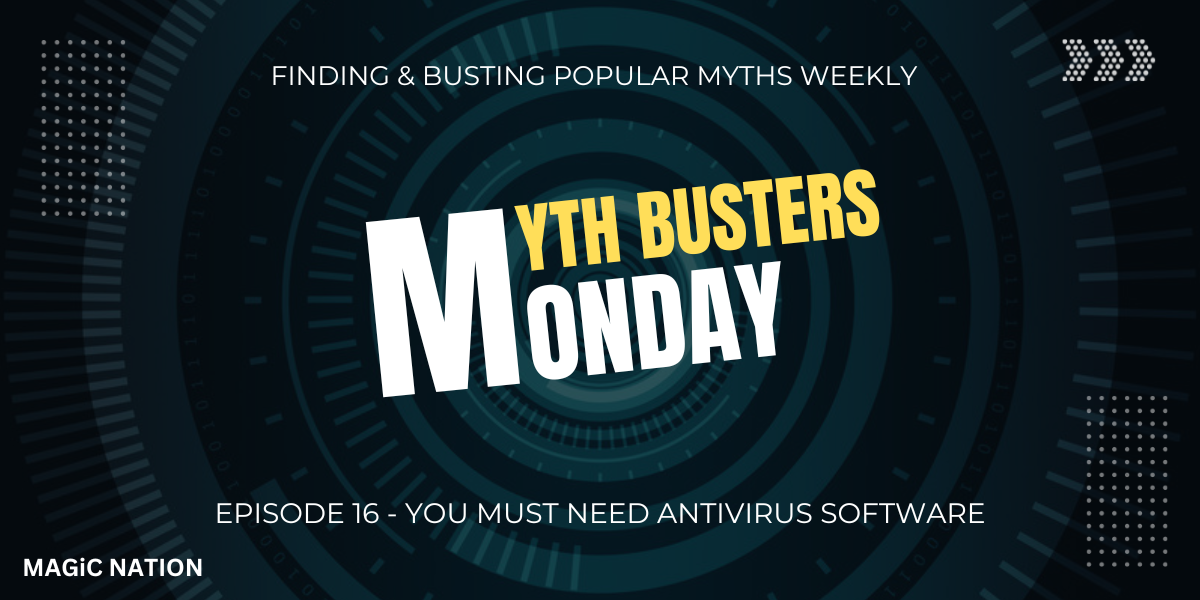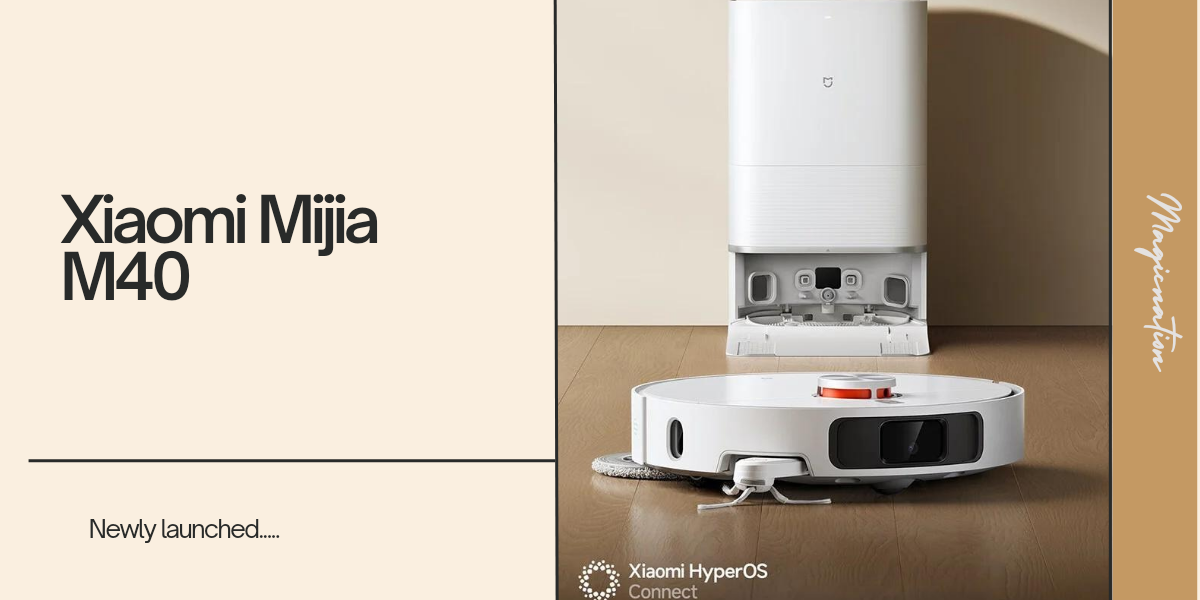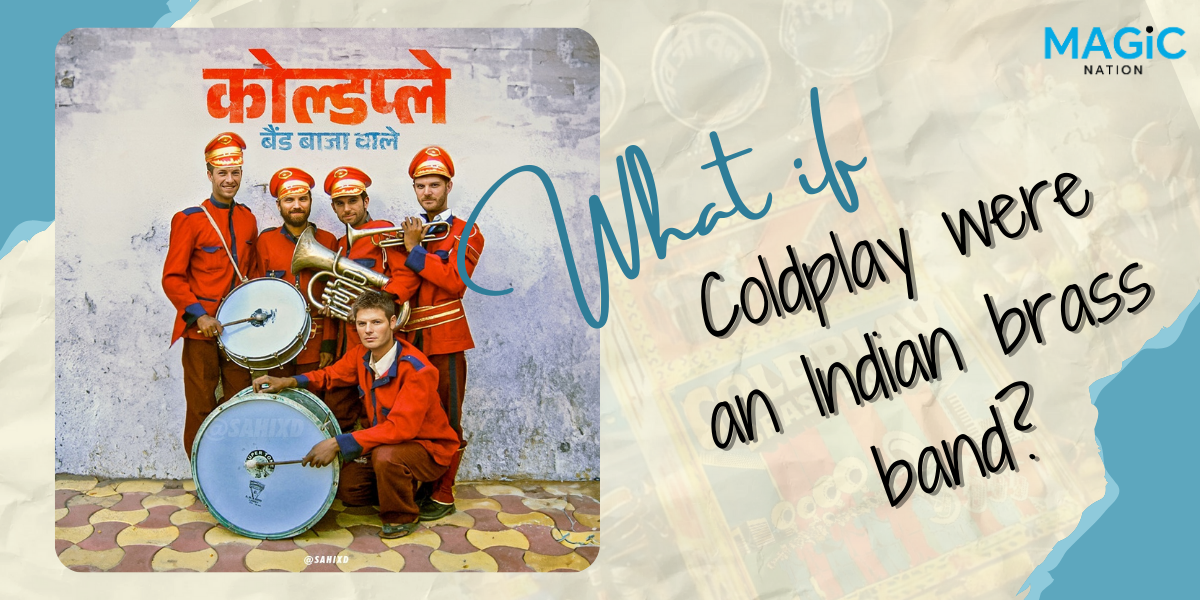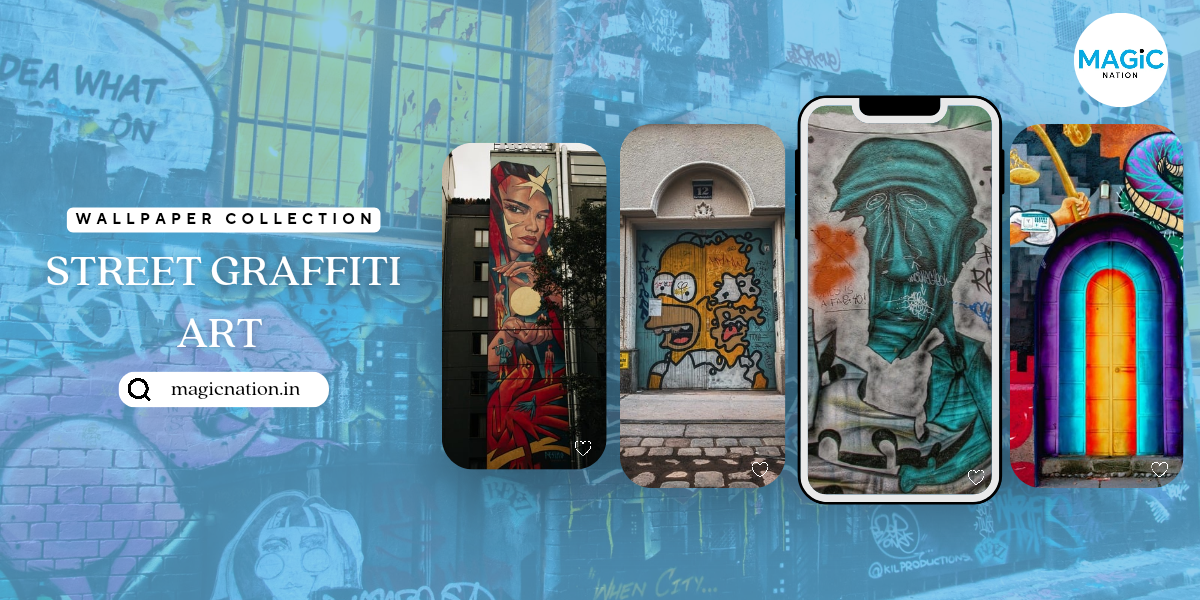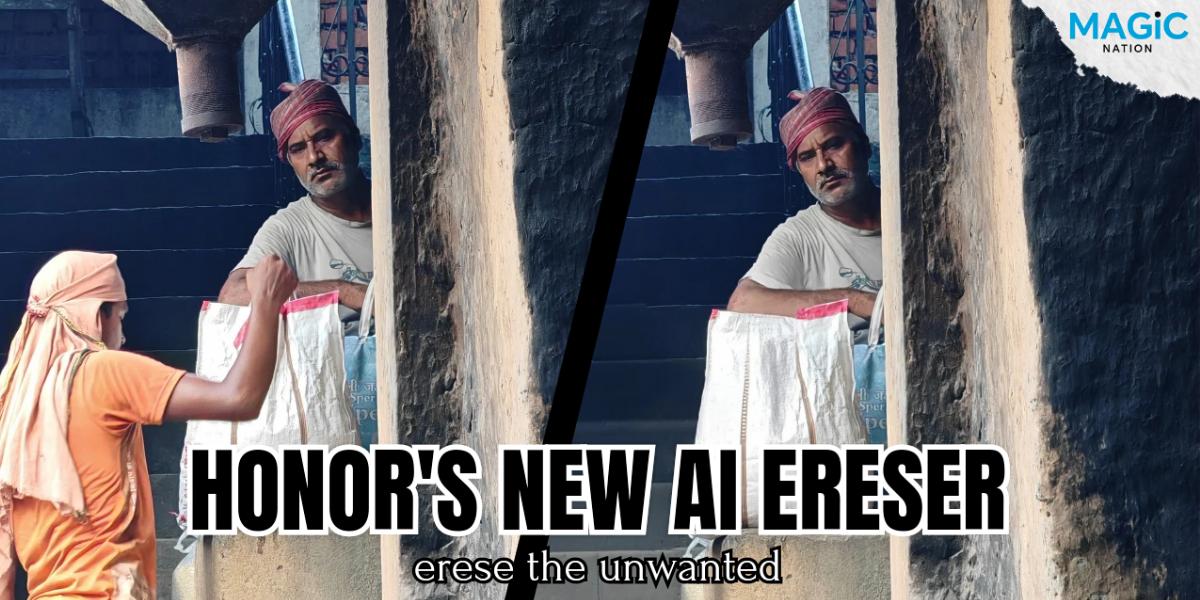Hope you guys are doing well

Contrast is one of the most important factors in photography. The contrast between an image's light and dark areas contributes to its overall tone, depth and mood.
Use of proper contrast can significantly improve the visual attractiveness of a picture, drawing the viewer's attention to specific areas and creating a more dynamic and engaging composition.
Tonal Contrast: Tonal contrast refers to the difference between light and dark in a picture. High tonal contrast means a significant difference between the brightest and darkest parts of the image, making it look bold and dramatic. Low tonal contrast creates less differences, giving the image a softer, more gentle look.Types of Contrast
Refrence pictures of Tonal contrast



Color Contrast: Color contrast happens when two opposite colors on the color wheel, such as orange and blue, are placed next to each other in a picture. This contrast makes the colors look more vibrant, resulting in a dramatic, eye-catching image.
Refrence pictures of Color contrast



Textural Contrast: Textural contrast refers to the differences in surface textures inside a photograph. Mixing rough and smooth textures gives depth and interest to the image, almost making you "feel" it with your eyes. This contrast is especially effective in black-and-white photos, where the focus is on texture rather than color.
Reference pictures of Textural contrast



Contrast is essential for shifting the viewer's eye throughout the image. It highlights the subject, adds depth, and can affect the mood of the picture. A well-contrasted image may spark stronger emotions and leave a lasting impression.Why Contrast Matters
Post-Processing: To fine-tune the tone range and get the desired effect, use editing software's level, curve, or contrast sliders.Tips for Enhancing Contrast
Lighting: Experiment with different lighting settings. Side lighting or backlighting can create sharp contrasts between light and shadow, enhancing the overall impact of your pictures.
Composition: Pay attention to how you frame your subject. Placing contrasting elements next to each other (such as light against dark or warm against cool hues) can enhance the overall impact of your composition.
Mastering contrast is essential for creating photographs that stand out and connect emotionally. Whether through light and dark tones, colors or textures, using contrast effectively can enhance your photography. Experimenting with different contrasts and refining them in editing helps you develop a unique style that captures attention.Conclusion
Thank you
sarthhkk









